Archives
- 2025-11
- 2025-10
- 2025-09
- 2025-03
- 2025-02
- 2025-01
- 2024-12
- 2024-11
- 2024-10
- 2024-09
- 2024-08
- 2024-07
- 2024-06
- 2024-05
- 2024-04
- 2024-03
- 2024-02
- 2024-01
- 2023-12
- 2023-11
- 2023-10
- 2023-09
- 2023-08
- 2023-07
- 2023-06
- 2023-05
- 2023-04
- 2023-03
- 2023-02
- 2023-01
- 2022-12
- 2022-11
- 2022-10
- 2022-09
- 2022-08
- 2022-07
- 2022-06
- 2022-05
- 2022-04
- 2022-03
- 2022-02
- 2022-01
- 2021-12
- 2021-11
- 2021-10
- 2021-09
- 2021-08
- 2021-07
- 2021-06
- 2021-05
- 2021-04
- 2021-03
- 2021-02
- 2021-01
- 2020-12
- 2020-11
- 2020-10
- 2020-09
- 2020-08
- 2020-07
- 2020-06
- 2020-05
- 2020-04
- 2020-03
- 2020-02
- 2020-01
- 2019-12
- 2019-11
- 2019-10
- 2019-09
- 2019-08
- 2019-07
- 2019-06
- 2019-05
- 2019-04
- 2018-11
- 2018-10
- 2018-07
-
Recent advances in imaging single protein mobility and
2022-07-05

Recent advances in imaging single protein mobility and organization in live organisms such as Drosophila larva motor nerve terminals have initiated this by providing a useful platform to investigate how the dynamic changes in the actomyosin network correlates with vesicle docking and fusion in vivo2
-
Introduction Post translational modifications to
2022-07-05

Introduction Post-translational modifications to the N-terminal tails of the histone proteins play crucial roles in genome regulation [1]. These modifications (e.g. acetylation, methylation, phosphorylation) are deposited by so-called ‘writer’ enzymes and dynamically removed by the action of ‘erase
-
br HER proto oncogene The erbB gene located on
2022-07-04
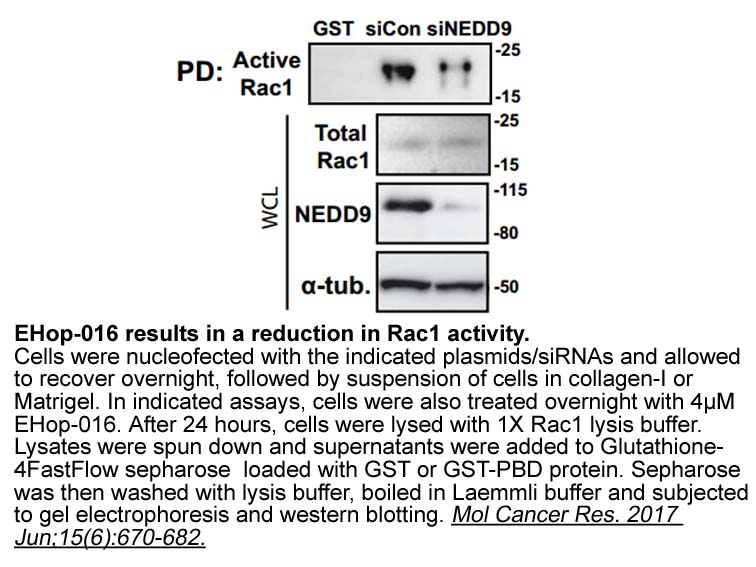
HER2 proto-oncogene The erbB2 gene, located on the short arm of chromosome 17, was discovered and cloned in 1983 (Fig. 1) (Sato et al., 1983). The product of this gene, HER2, is a transmembrane glycoprotein of 185 KDa that consists of three main domains: an extracellular, a transmembrane and an i
-
All the compounds and were assayed for
2022-07-04
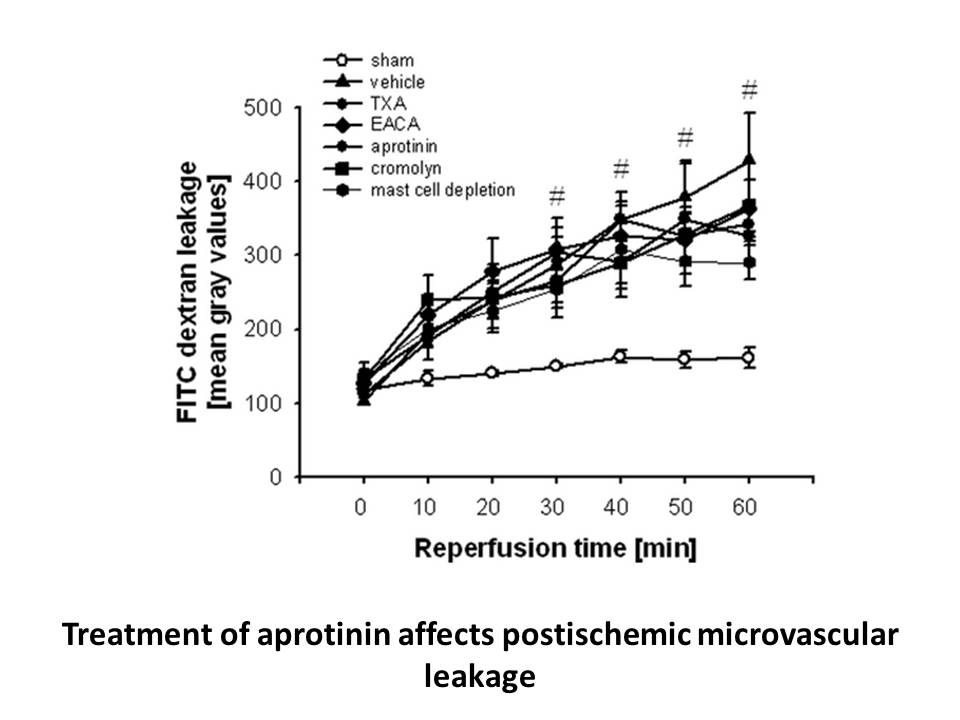
All the compounds –, , , –, , – and – were assayed for their potential cytotoxicity at a single dose of 10 µM on Huh7 cells. Interestingly, all compounds proved to be non toxic, with the exception of and which exhibited high cellular toxicity and therefore were excluded from further experiments (a
-
Metallothioneins MTs that are intracellular
2022-07-04

Metallothioneins (MTs) that are intracellular proteins responsible for the maintenance of metal homeostasis are involved in arsenic toxicity (Kita et al., 2006). Four major MT isoforms have been reported so far, MT1, MT2A, MT3 and MT4. The synthesis of MT1 and MT2A isoforms in mammal cells can be i
-
br Results and discussion GSTP is a Phase II cytoprotective
2022-07-04
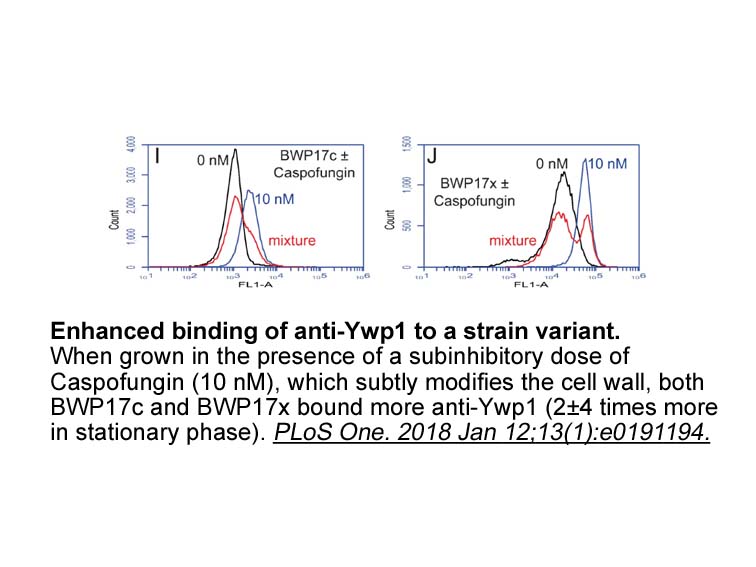
Results and discussion GSTP1 is a Phase II cytoprotective and detoxifying enzyme. Due to its role in the detoxification of numerous endogenous and exogenous chemical agents (with electrophilic functional groups), individuals with Ile105Val mutation in this gene show enhanced risk of atopic disord
-
Etoposide VP a semisynthetic podophyllotoxin derivative
2022-07-04

Etoposide (VP-16), a semisynthetic podophyllotoxin derivative agent, is widely used as a chemotherapic treatment for many cancers (Hande, 1998). VP-16 has been known that its activity is mediated by the interaction with topoisomerase II (an ATP-dependent nuclear enzyme) which regulates DNA topology
-
The synthesis of nitropyrimidine analogs was
2022-07-04
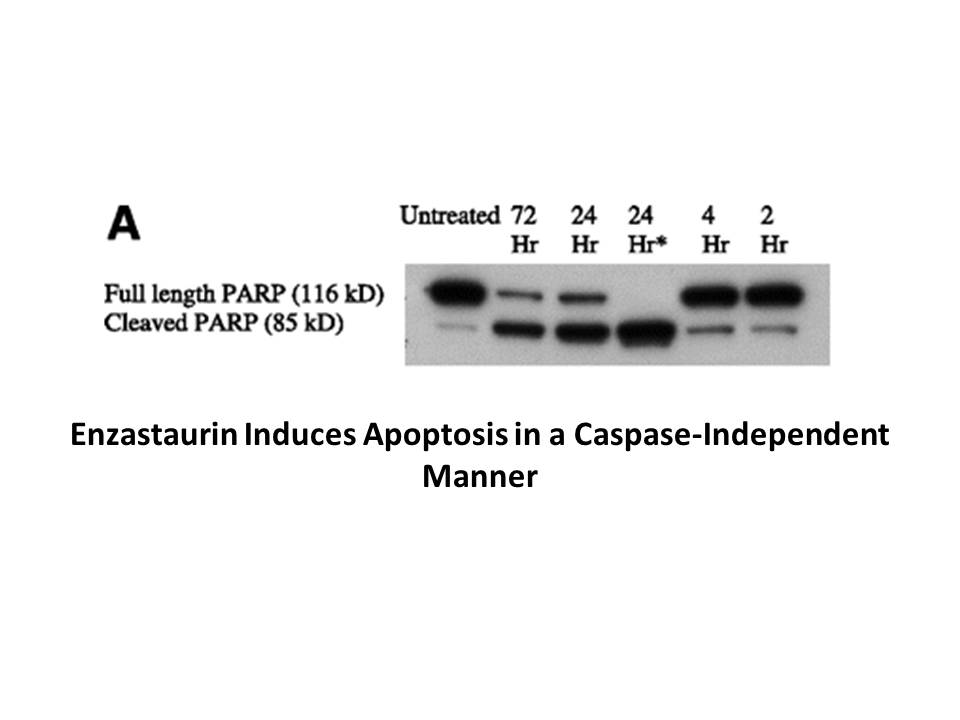
The synthesis of 5-nitropyrimidine analogs – was outlined in . 4,6-Dichloro-5-nitropyrimidine, 4-methylsulfonylaniline and 2-fluoro-4-methylsulfonylaniline were prepared according to previously reported procedures., , Reaction of 4,6-dichloro-5-nitropyrimidine and substituted aniline in DMF yielded
-
Reports of hyperlocomotion after administration
2022-07-04

Reports of hyperlocomotion after administration of ALX-5407 [27] coupled with the lack of hyperlocomotion after administration of SSR504734, a non-sarcosine, long-residence time, competitive inhibitor [19], suggested that the GlyT1 inhibitor chemotype may impact OP. Furthermore, a compound with a co
-
The amyloid precursor protein APP is a membrane protein
2022-07-04

The amyloid precursor protein (APP) is a membrane protein thought to be involved in plasticity, synapse formation and repair, and export of metal ions [68]. The APP present in the brain can be cleaved by three different secretases [73], [74]. Cleavage of APP first by alpha secretase and then gamma-s
-
gap junctions Several studies have indicated MUC to be an ef
2022-07-04
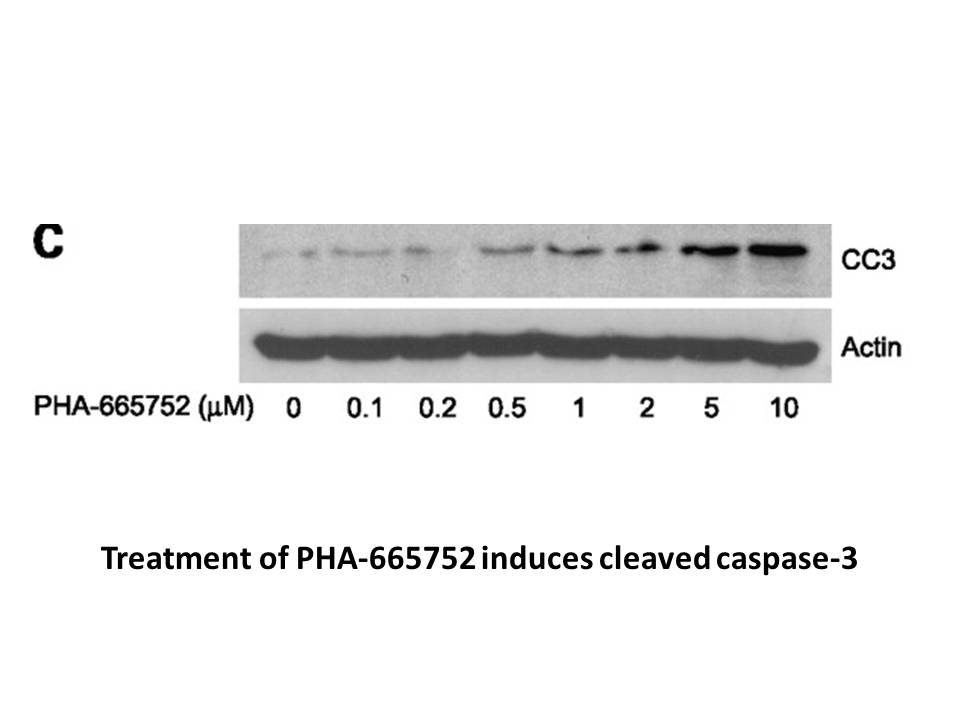
Several studies have indicated MUC1 to be an effective marker for identifying various malignant tumors, such as gastric, breast, pancreatic, ovarian, gallbladder, uterus, lung, and prostate cancers, as well as for prognostic outcomes [16], [17], [18], [19], [20], [21], [22], [23]. Studies by Kaira e
-
Tight junctions regulate the transfer of ions as
2022-07-04
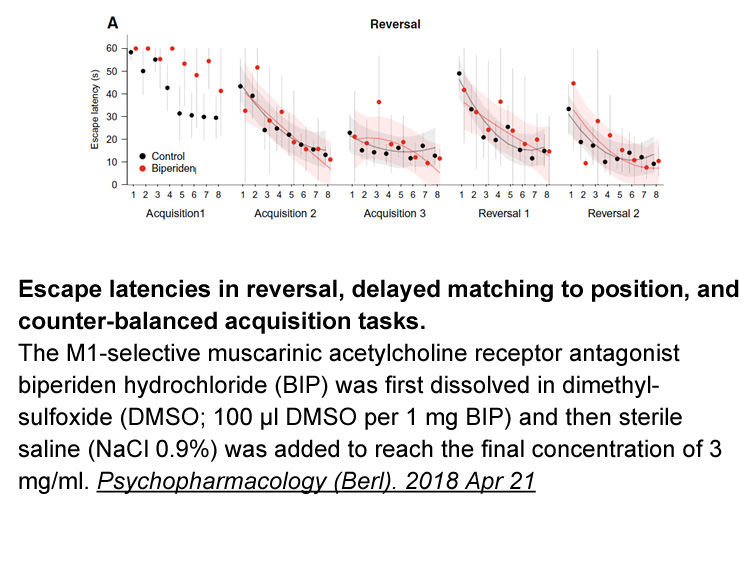
Tight junctions regulate the transfer of ions as well as small molecules across endothelial barriers (Li et al., 2015). We also investigated whether resistin affects tight junctions, which play an important role in the conformation of polarized endothelial barriers (Matsuzaki et al., 2010). A previo
-
In spite of the similarities of caffeine s effects in
2022-07-04

In spite of the similarities of caffeine's effects in L929 cells and erythrocytes, a major difference can be identified in the magnitude of inhibition (35% versus 90%). It initially seems reasonable to conclude from this finding that the reduced magnitude of caffeine inhibition in L929 cells is simp
-
br The concept of the axo myelin synapse
2022-07-04
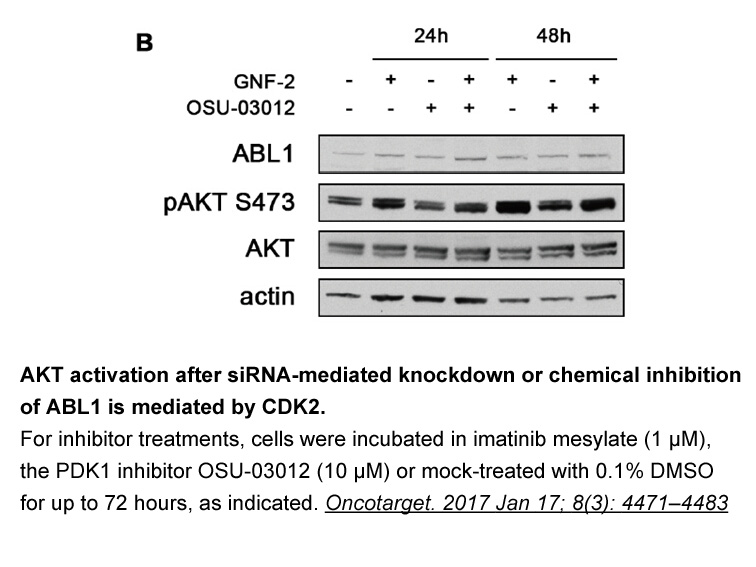
The concept of the axo-myelin ‘synapse’ Axons can release glutamate in a Ca+-dependent and independent manner (reviewed in [13,69]). Glutamate released from axons activates GluRs located in myelin, a feature that gave rise to the idea of the axo-myelin ‘synapse’ by analogy with classical synaptic
-
br Materials and methods br Results In order
2022-07-04
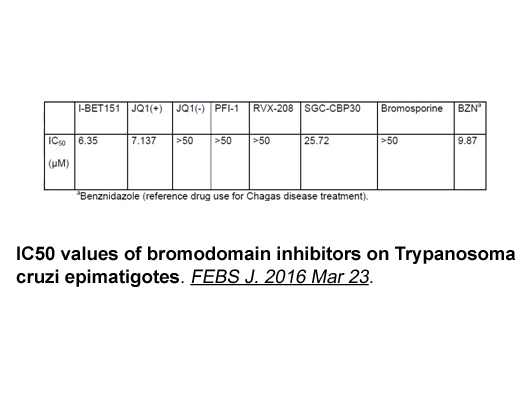
Materials and methods Results In order to address the role played by the catalytic and the anticodon-binding domains of E. coli GluRS in cognate and non-cognate aminoacylation, the two domains (NGluRS: 1–314; CGluRS: 318–471) of E. coli were expressed and purified (Fig. 1b). Prior to assessing
16535 records 436/1103 page Previous Next First page 上5页 436437438439440 下5页 Last page